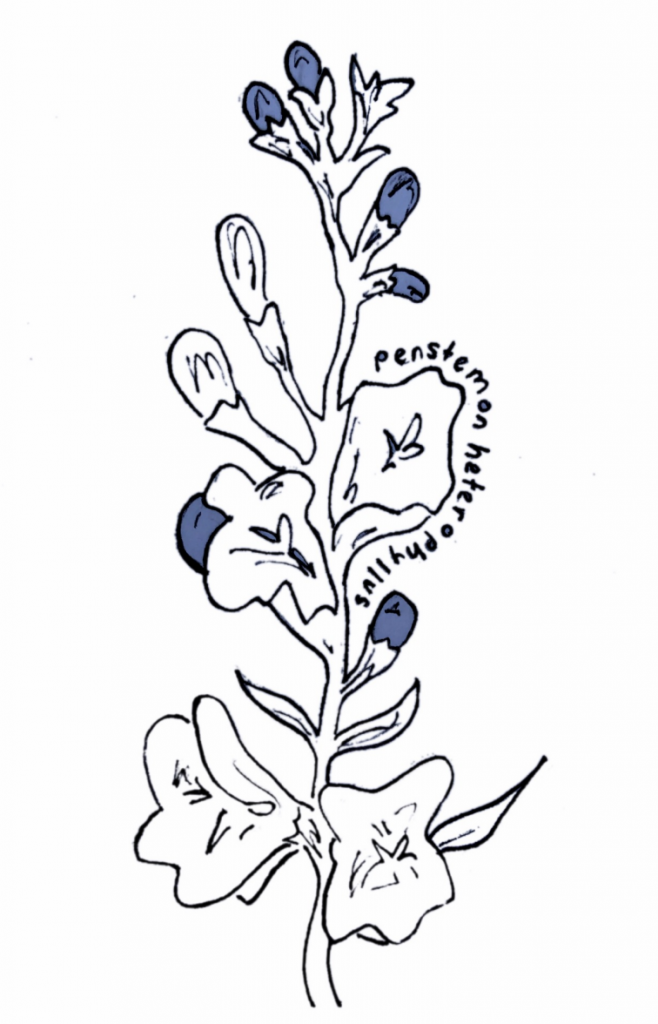By Sondra Abruzzo ’19
Sustainability Columnist
This sustainability column would be incomplete if we did not talk about native plants on campus. Native plants are essential to creating healthy local ecosystems and raising awareness about what different landscapes can look like. The 5C Native Habitat and Community Club makes it their mission to spread the beauty and utility of native plants throughout the manicured and landscaped consortium.
Last semester they worked with landscape operations manager Joya Salas and members of the grounds department to plant a garden by the front entrance of GJW. The group dug and planted ten different kinds of plants ranging from succulents to herbs to small flowering perennials.
After Scripps and Mudd lost a lot of their native plants to the parking renovations on the Platt Islands, creating this new garden marked a step in the right direction. Its location in front of GWJ also increases the visibility of the garden, promoting the idea that native plants can be a valuable and beautiful addition to the Scripps aesthetic.So what’s so special about native plants and why do we need to see more of them incorporated into all landscaping projects?
“The Native Habitats and Community club might be small but our mission is mighty,” said club member Anna Mitchell ’22. “Our aim is multidimensional, with a focus on reassessing our campuses’ landscapes with an eye for protecting and reintroducing native flora and fauna, normalizing native ecosystems as the standard of beauty. This includes educating fellow students on the importance of native ecosystems and the origins of this land as Tongva land. The mission includes challenging our institutions to reconcile their commitments to sustainability with the reality of our primarily non-native, non-drought resistant landscaping. (There are of course exceptions, including the notable use of drought grass on the Scripps’ lawns.) In terms of benefits, native plants do not need mulch, require less water than non-native plants, and provide natural habitat for native insects, like bees, which form the basis of the area’s ecosystem.”
Mitchell and the rest of the club “hope to engage the student community in restoring native habitats in everything from our meetings, to Walker Wall murals, to garden plantings. Currently, as a final touch on our most recent project, we are working to get signage for the beautiful native plants which are taking root in a small plot in front of GJW.”
By incorporating native plants into our landscaping and personal frameworks of what a thriving ecosystem looks like, we can make moves towards restoring native habitats to a healthy state. The media’s use of vibrant green lawns, tall deciduous trees, and bright colorful flowers to depict “beautiful” landscaping conditions us to believe these types of plants signify a healthy outdoors. However, we need to start rejecting this imagery and appreciate all the benefits native plants bestow on the living things around them.
Look around at the spaces you occupy and what plants and animals exist now. Try to imagine what might be there if you, our colleges, and all this western development was never here. As we continue to live and develop on this stolen land, we need to protect and promote the native habitats that enable all its inhabitants, including us, to thrive. Have any sustainability related questions? Email CAbruzzo0075@scrippscollege.edu and check out my next column for answers.



